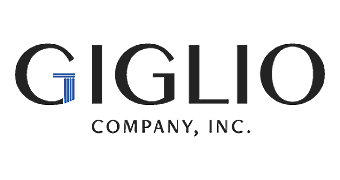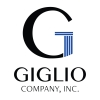Effective Presentations: Can You Say It In 10 Seconds?
If you can say it in 10 seconds, it will be remembered.
That’s a tip I want YOU to remember the next time you are preparing a presentation. If you can effectively communicate the main point of your presentation in 10 seconds, you are on your way to creating a talk people will recall long after it’s over.
While coaching an executive for his Fall Kick off Corporate meeting, I realized how essential it is to crystallize a message.
Create a Sound Byte That Will Resonate
We spent a morning videotaping during which I coached him on his delivery style and helped shape his communication. We realized that synthesizing his message down to a transferable sound byte was as important as the content of his entire message. This is an essential activity to perform when you are delivering a vision or sequence of steps your company needs to take over the next six months or longer.
Frame Your Message
Leading off with this 10-second provocative capsule illustrates you understand how to frame your message for your audience and give them a quick understanding of your entire message. When done correctly, the 10-second message becomes viral in that your listeners can relate to the issue and transfer the issue to others.
Multiple Versions for Different Occasions
Once you have refined your 10-second version, create a one-minute and five-minute version. They will come in handy throughout the business days and weeks you’ve dedicated to putting your recommendations into action.
Practice Makes Perfect
And then, see how your message works. Videotape yourself. It will give you a perspective that will allow you to refine your message and delivery style even more. Play the video back and ask yourself: “Am I inspired by the message and the person delivering it?” For added input, have someone else watch you deliver your message. That’s one element of what I do for clients, providing immediate, direct input so that they can adjust, refine, practice…and then deliver an effective presentation that will resonate with the audience.
If you need some more tips, try this article from Harvard Business Review, “How to Give Killer Presentations.” Creating the logic arc of events is a great way to plan a client recommendation ,too. The goal, as Anderson says, is to conceptualize and frame your content. And as the curator of TED Talks, he should know!
Give this a try and let me know how it goes.

 Securing new business is always a constant challenge but, during this economic storm, retaining and expanding existing business is even more difficult. Steve Giglio’s sales training programs ensure that your teams are constantly learning about your current clients, anticipating their needs and delivering solutions. After working with Steve, your sales people will be seen as trusted advisors with the ability to close deals more effectively.
Securing new business is always a constant challenge but, during this economic storm, retaining and expanding existing business is even more difficult. Steve Giglio’s sales training programs ensure that your teams are constantly learning about your current clients, anticipating their needs and delivering solutions. After working with Steve, your sales people will be seen as trusted advisors with the ability to close deals more effectively.